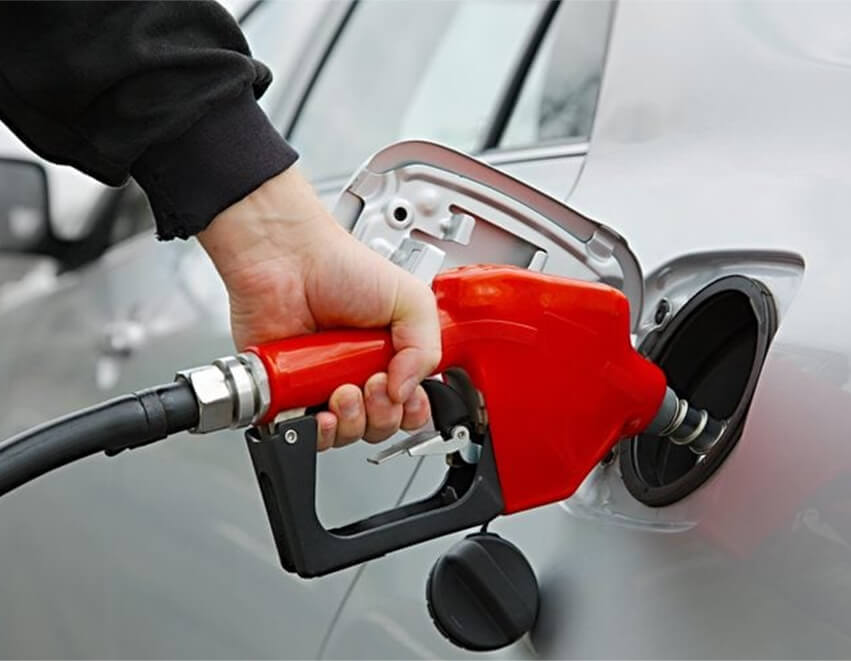Dealing with residual pressure and ensuring equipment compatibility are key challenges when connecting hydraulic couplers under pressure. This guide addresses these issues step-by-step
Connecting under-pressure hydraulic couplers requires precise steps to ensure safety and efficiency in hydraulic systems.
This guide outlines the importance of hydraulic couplers, and the challenges involved, and provides a detailed step-by-step method for connecting under-pressure couplers.
Read on to master the process and optimize your hydraulic system performance.
Hydraulic couplers are crucial components in hydraulic systems, allowing for the quick and secure connection and disconnection of hydraulic lines.
They facilitate the transfer of hydraulic fluid, ensuring seamless operation of machinery and equipment.
Properly functioning couplers are essential for maintaining system integrity, preventing leaks, and ensuring efficient fluid transfer.
One of the main challenges when connecting hydraulic couplers under pressure is dealing with residual pressure in the hydraulic lines.
This pressure can make it difficult to connect the couplers and can pose safety risks.
Ensuring that the hydraulic coupler adapters and the hydraulic pump coupler are compatible with your system is critical.
Incompatibility can lead to poor connections and potential system failures.
Connecting under-pressure hydraulic couplers without proper precautions can result in hydraulic fluid leaks or accidental disconnections, leading to equipment damage and potential injury.
Before starting, ensure you have all the necessary tools and equipment.
This includes the hydraulic quick coupler pressure relief tool, hydraulic coupler adapters, and any other required accessories.
Using the hydraulic quick coupler pressure relief tool, carefully relieve any residual pressure in the hydraulic system.
This step is crucial to prevent fluid from being released forcefully, which can cause injury or damage.
If your system is engine-driven, ensure the engine is turned off to prevent any accidental pressure buildup.
Use the hydraulic quick coupler pressure relief tool to slowly release any trapped pressure in the hydraulic lines.
Verify that there is no remaining pressure before proceeding to the next step.
Clean the hydraulic couplers and hydraulic coupler adapters to remove any dirt or debris. This ensures a secure connection and prevents contamination of the hydraulic fluid.
Wipe down both male and female couplers thoroughly.
Check the couplers and adapters for any signs of wear or damage and replace them if necessary.
Align the male and female couplers carefully and push them together until you hear a click, indicating a secure connection.
Misalignment can lead to leaks or improper connections.
Apply steady pressure until the couplers snap into place.
Once connected, test the hydraulic coupler connection by slowly re-pressurizing the system. Check for any leaks or signs of instability.
Gradually increase the pressure to avoid sudden surges.
Observe the connection point closely for any signs of fluid leakage.
Ensure that the couplers are securely fastened and supported to prevent accidental disconnection during operation.
If available, use any built-in locking mechanisms to secure the couplers.
Ensure the couplers are stable and not at risk of being dislodged.




